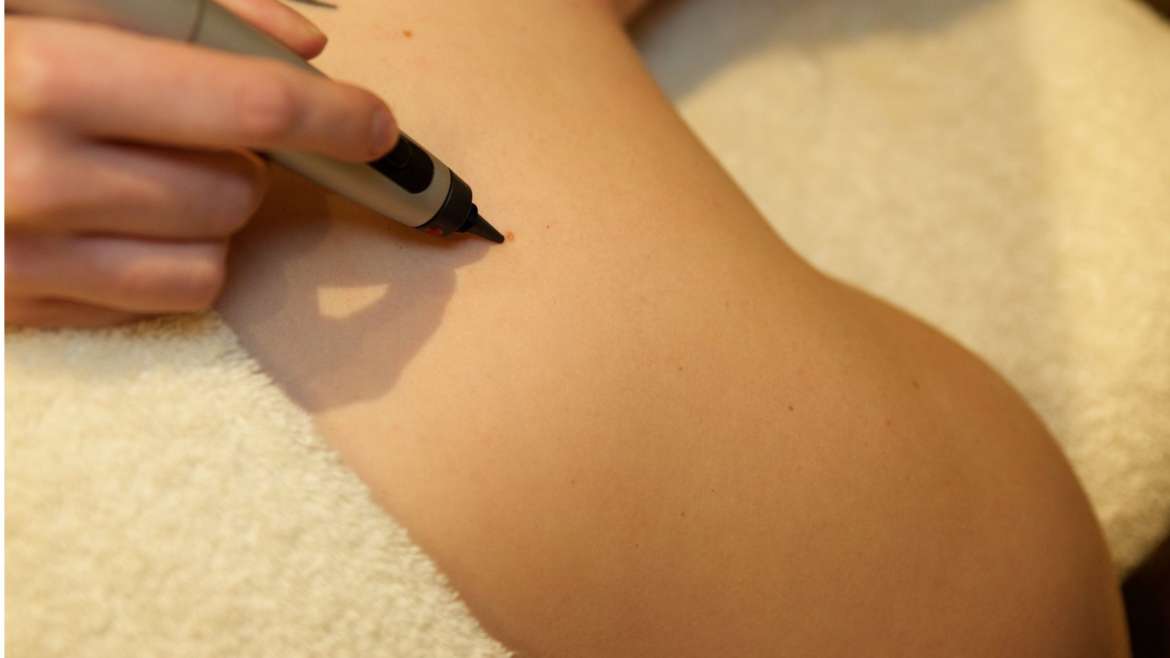Warts
Warts trigger the growth of extra cells that results in the thickening of outer skin as compared to the normal one. Appearing as a solid blister on the skin, warts can be classified into pigmented warts, flat warts, and plantar warts. Though, they can grow anywhere on the skin; but, hands and feet are the most affected areas. Considering the causes of warts, it may occur by direct contact with another person having warts, touching surfaces contaminated with the virus, nail-biting, and physical intimacy. These conditions would require you to approach a dermatologist, who might analyze the bumps on your skin or take a sample of the skin to conduct a biopsy. Further to this, the dermatologist will suggest respective treatments.
Some of the effective treatment procedures required to handle warts is duct tape, salicylic acid, cryotherapy, laser treatment, surgical procedure, electrocautery, chemical treatments, immune therapy, photodynamic therapy, topical creams, and even antigen shots. Though, some of the warts disappear themselves without any treatment within 1 to 5 years; but, treatments are needed for warts present in sensitive areas or are larger in size. Your dermatologist will always suggest that you should never pick or cut a wart as it may lead to serious skin infections. Certainly, this will result in pain over the area having warts.
.
Frequently Asked Questions
Yes, some of the common warts occurring around toenails and finger nails might not eliminate permanently. In this case, discussing the case with dermatologist will help as they will come out with some or the other solution to deal with such warts.
Planter warts, plane warts, filiform warts, and mosaic warts are the ones to be identified for treatment.
It is the HPV virus that triggers the growth of keratin (hard protein) on the top of a skin. The problem is that the virus causing warts can spread around with direct skin contact, and using the affected person’s towel.

